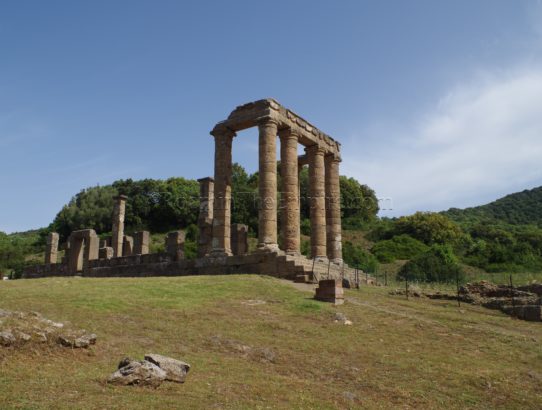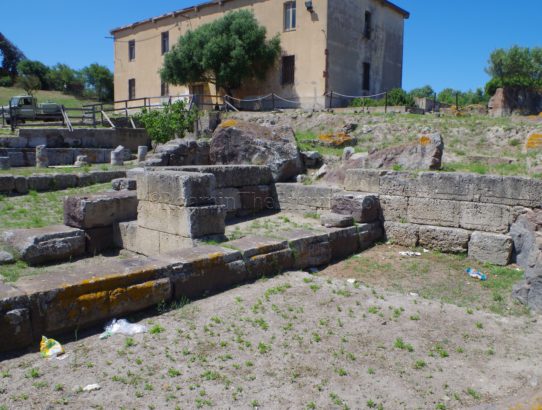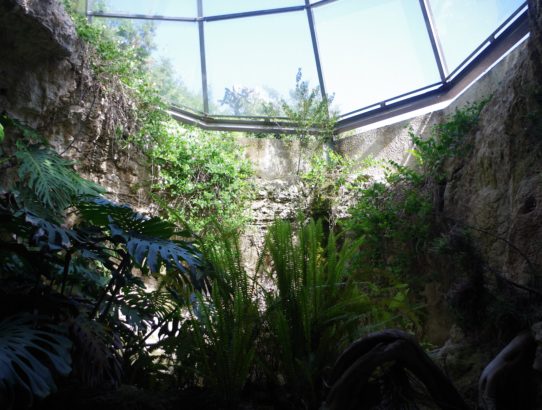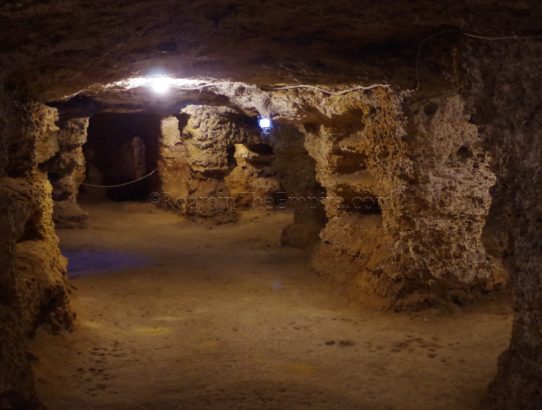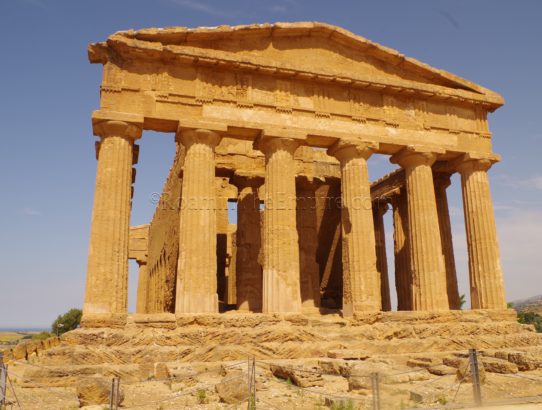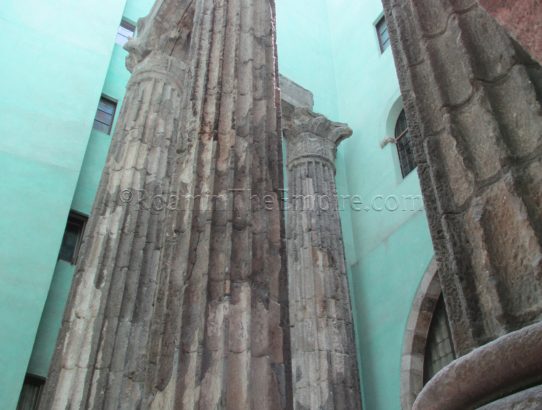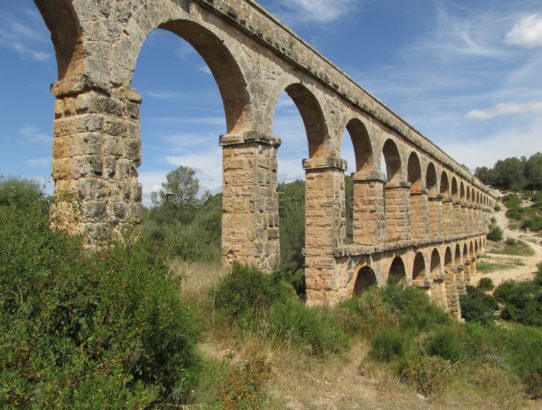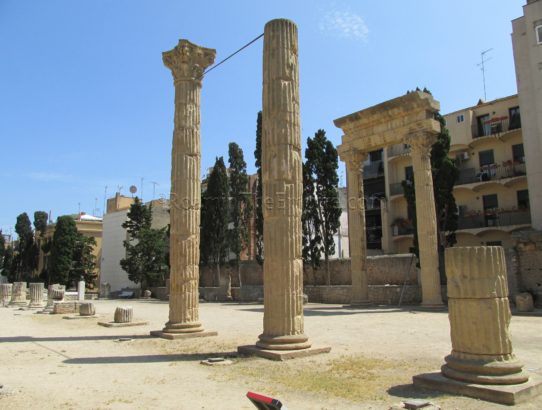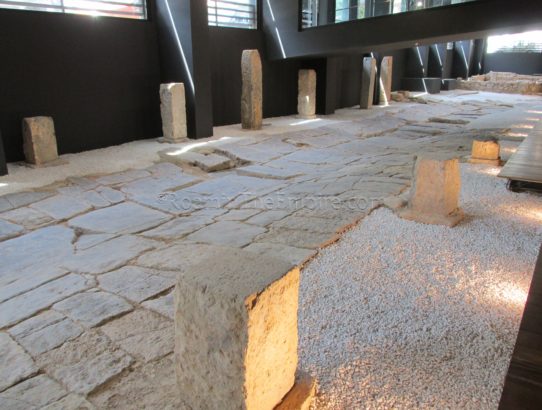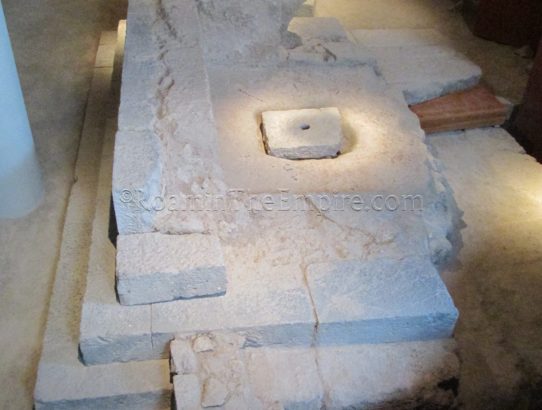South Sardinia Part I
Aside from the remains in the major urban centers of Sulcis, Nora, and Caralis in the southern part of Sardinia, there are a number of smaller sites or more isolated sets of remains, as there is throughout the island. I’ve cobbled together some of these sites in a few posts focusing on different geographic areas…
Read More


